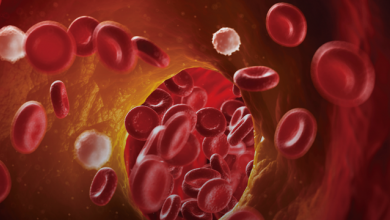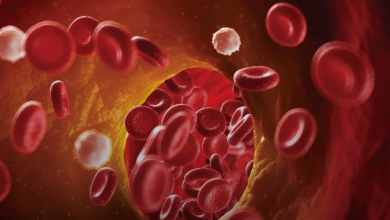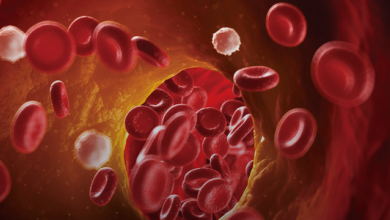Search results
Author(s):
Pepie Tsolka
Added:
3 years ago
Novel oral anticoagulants (NOACs) represent new options for preventing stroke in patients with atrial fibrillation (AF), and have been approved for use in North America and Europe. They carry a 50 % lower risk of intracranial haemorrhage compared with warfarin, no clear interactions with food, fewer interactions with medications and no need for frequent laboratory monitoring and dose adjustments…
View more
Author(s):
Katrina Mountfort
Added:
3 years ago
New oral anticoagulants (NOACs), including dabigatran1 (a direct thrombin inhibitor), apixaban,2 rivaroxaban3 and edoxaban4 (activated factor Xa inhibitors, not yet approved) have become alternatives to vitamin K antagonists (VKAs) for thromboembolic prevention in patients with non-valvular atrial fibrillation (AF), as a result of their numerous clinical advantages. However, there is a need for a…
View more
Author(s):
Demosthenes G Katritsis
Added:
3 years ago
Reviewing recent literature of advances in arrhythmia therapy, I have found most interesting the emergence of antidotes, both general and specific, for the non-vitamin K antagonist oral anticoagulants (NOACs). NOACs offer a relative 50 % reduction in the risk of intracranial haemorrhage and haemorrhagic stroke compared with warfarin that is also maintained in the elderly. There are no clear…
View more
Author(s):
Philipp Bushoven
,
Sven Linzbach
,
Mate Vamos
,
et al
Added:
3 years ago
Atrial Fibrillation, Cardioversion and Stroke Risk
Atrial fibrillation (AF) is the most common serious chronic heart rhythm disorder with an estimated prevalence in the general population of around 1%.1 The arrhythmia affects about 2.2 million persons in the US and 4.5 million individuals in the EU. Due to the advancing age of the population, the prevalence of AF is likely to increase even…
View more
Author(s):
Jean-Yves Le Heuzey
Added:
8 years ago
Author(s):
A John Camm
Added:
8 years ago
Author(s):
Freek WA Verheugt
Added:
8 years ago
Author(s):
A John Camm
Added:
8 years ago
Author(s):
Raffaele De Caterina
Added:
8 years ago

















